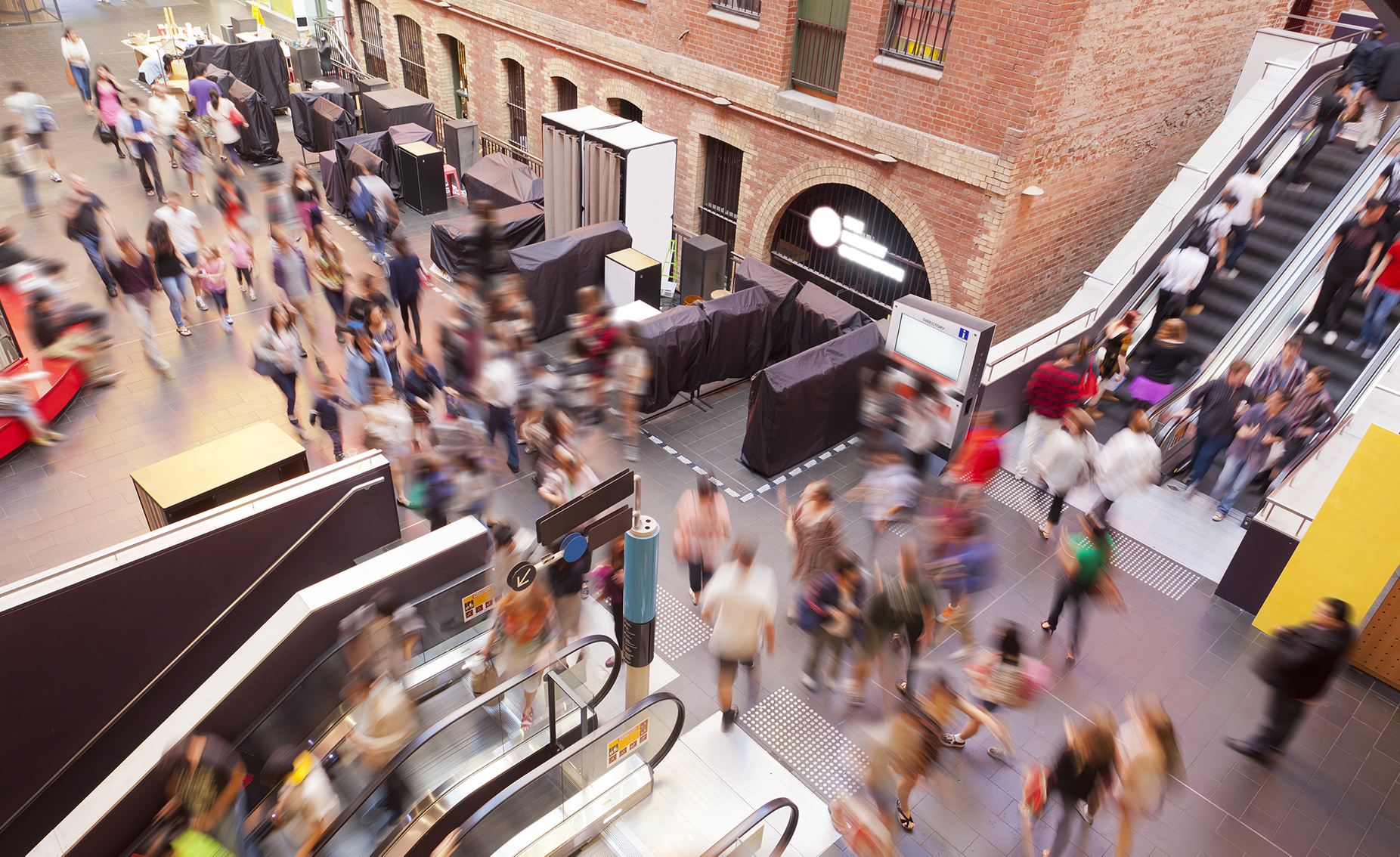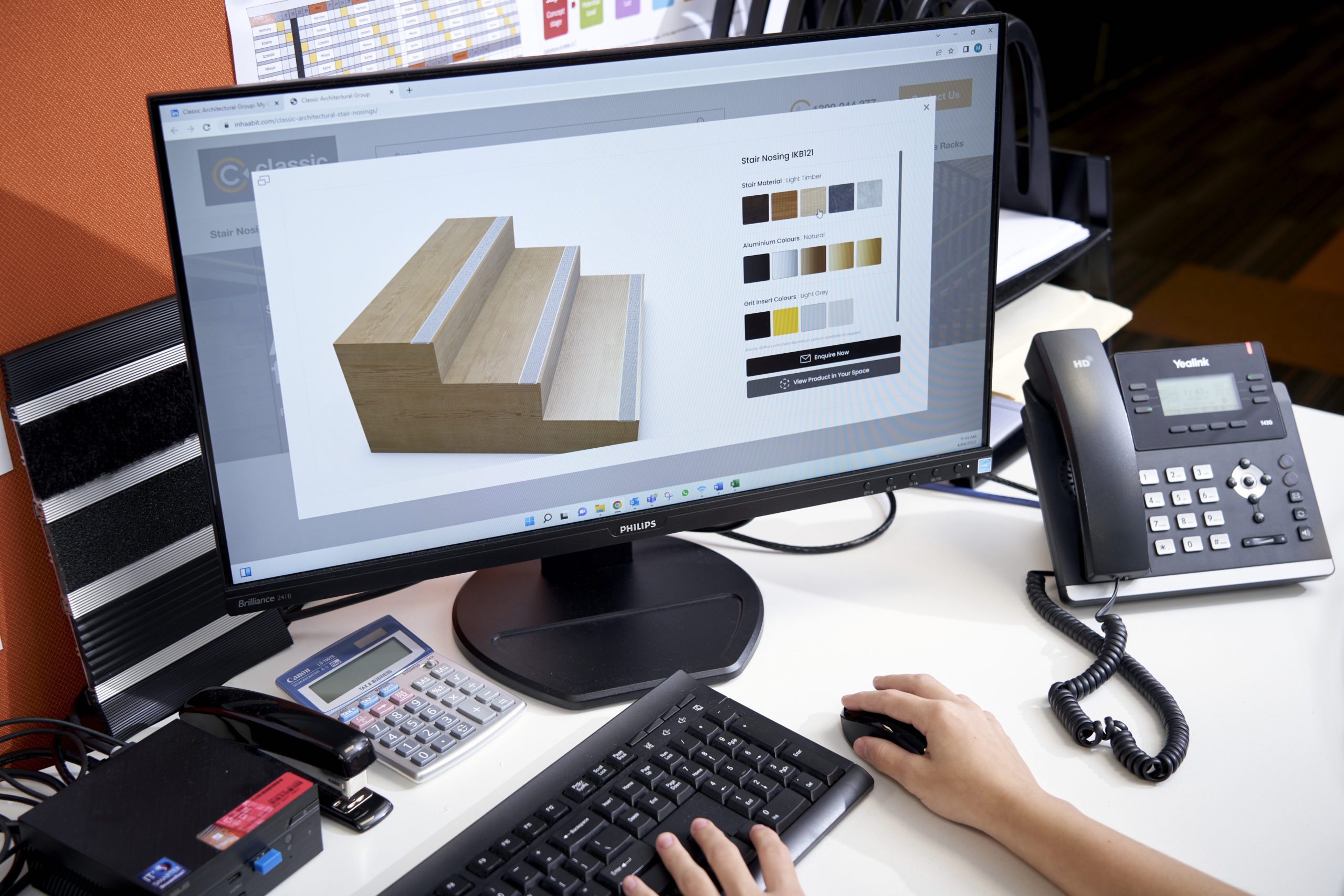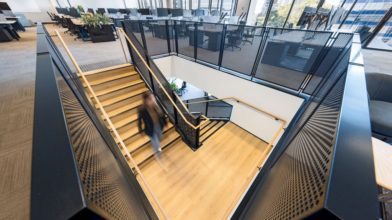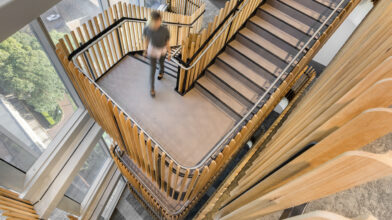In Australia alone, there are more than 575,000 people who suffer from some form of visual impairment. This figure is on the increase, and it is important that we design cities, buildings and infrastructure with an understanding of pedestrian safety in mind. We all deserve to be able to wander the streets and discover all the great things a modern city has to offer, but it is important that we can do so safely.
Enhancing access and safety for all is at the heart of everything we do at Classic, and in the part 1 of this article, we’ll be taking a look at the role of design in pedestrian.
Safety in Australia
In Australia, urban planners and designers overlook key details because they have the benefit of full sight. This is to the detriment of the visually impaired, who often remark that safety for pedestrians is lacking, leading to reduced confidence and complete avoidance of certain areas. The blind and visually impaired are unable to read signs, and the biggest aid for their mobility comes from innovative new technologies as well as the effective implementation of tactile ground surface indicators (TGSI’s), braille signs and high-contrast markings.
Common dangerous situations for pedestrians and viable solutions
Some of the most common incidents involving pedestrians are experienced at the following locations:
- Entrances – In public spaces, as the foot-falls near the entrance is maximum, people leaving and entering are more susceptible to falls, trips, and slips. Dirt, debris, sand particles or moisture on the footwear of pedestrians can easily cause scratches, stains or scuff marks on the indoor flooring.
 Considering the fact, the expensive interior flooring surface can easily get deteriorated with time leading to potential slip and trip hazards.
Considering the fact, the expensive interior flooring surface can easily get deteriorated with time leading to potential slip and trip hazards.
Solution: Covering a floor with matting improves safety and mitigates the risk of potential accidents. An effective matting is engineered to attract dirt, remove any debris and moisture from the footwear of the people as they place their foot on the mat before entering the building.
- Stairways – Falls on stairs account for over 60% of slip, trip and fall deaths in buildings and can result due to a number of complex interacting factors. Despite this, many a times, minimal importance is given to safe stair design and construction principles.
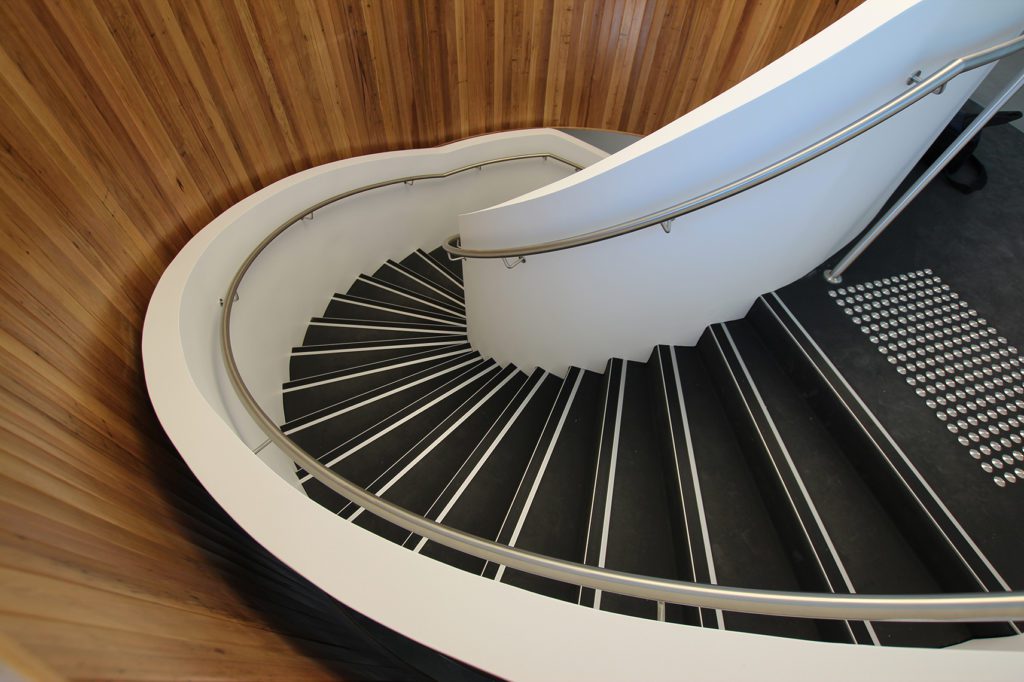
The visibility of safe stairs is critical to ensure that a person can prepare to coordinate their gait during stair ascent and decent. For people with ‘normal’ vision this relies on visual clues such as handrails, depth perception in good lighting conditions and high visibility of step nosings. Poor delineation of the step edge may confuse people negotiating the stairs, particularly in poor lighting conditions thus increasing the risk of a miss step.
Solution: Best practice is to set slip resistive strips with a luminance contrast greater than 30% to the very edge of the stairs. The width of the strips should be between 50-75mm, this assists persons to negotiate the stairs by clearly delineating the step edge, thus minimising the risk of a miss-step on the stairs. This is increasingly important when people’s eyes require time to adapt to lower lighting conditions. To highlight best practice, these safe stair features are required for disability access requirements within AS 1428.1, Design for Access and Mobility; Part 1: General requirements for access – Buildings.
- Crossing Midblock – In the absence of a mid-block safety crossing, many pedestrians are tempted to take the most direct route to their destination. Crossing mid-block is fraught with danger, as it catches drivers off-guard – particularly in large cities with lots of arterial roads and constant pedestrian activity. More than 70% of accidents involving pedestrians occur this way.
Solution: Carry out a safety study to determine optimal placement of a signalised mid-block marked foot crossing. Use high contrast paint and tactiles at either end to reduce the likelihood of unexpected crossing and increase pedestrian safety.
- Carparks – Everyone needs to visit shopping centres, leisure facilities and workplaces. Carparks are always busy, and whilst they are usually low-speed environments a number of significant accidents have occurred here – particularly involving children and the elderly. Standards are often lacking, and lighting may not allow maximum visibility of pedestrians.

Solution: Ensure clear signage highlighting that the carpark is a shared vehicle/pedestrian zone with a 10km/h max limit, mark out the safest route of pedestrian access in high contrast paint + consider installation of directional tactiles, install speed bumps and bollards to slow drivers and mark out prohibited zones, engage a safety specialist for design advice.
- Intersections
Intersections are very busy places with cars and pedestrians all heading in different directions. Due to heavy flow of traffic, it can be difficult for pedestrians to determine when to cross and they may become frustrated. Sometimes signals do not give priority to pedestrians, and the visually impaired may have difficulty finding an appropriate place to cross. From 2011-2015, 36% of pedestrian accidents involved crossing the road and being struck from the near side, with 16% being struck from the far side.
Solution: Audible signals that give directional awareness as well as signify that it is safe to cross. The crossing should be textured so that it can be felt by cane and under feet. It may also be a good idea to install a refuge mid-crossing, so that differently-abled people can take a break and wait for the next set of lights in a safe location.
